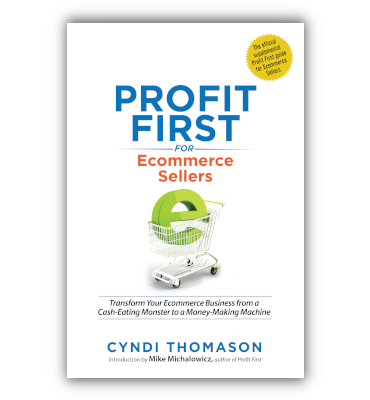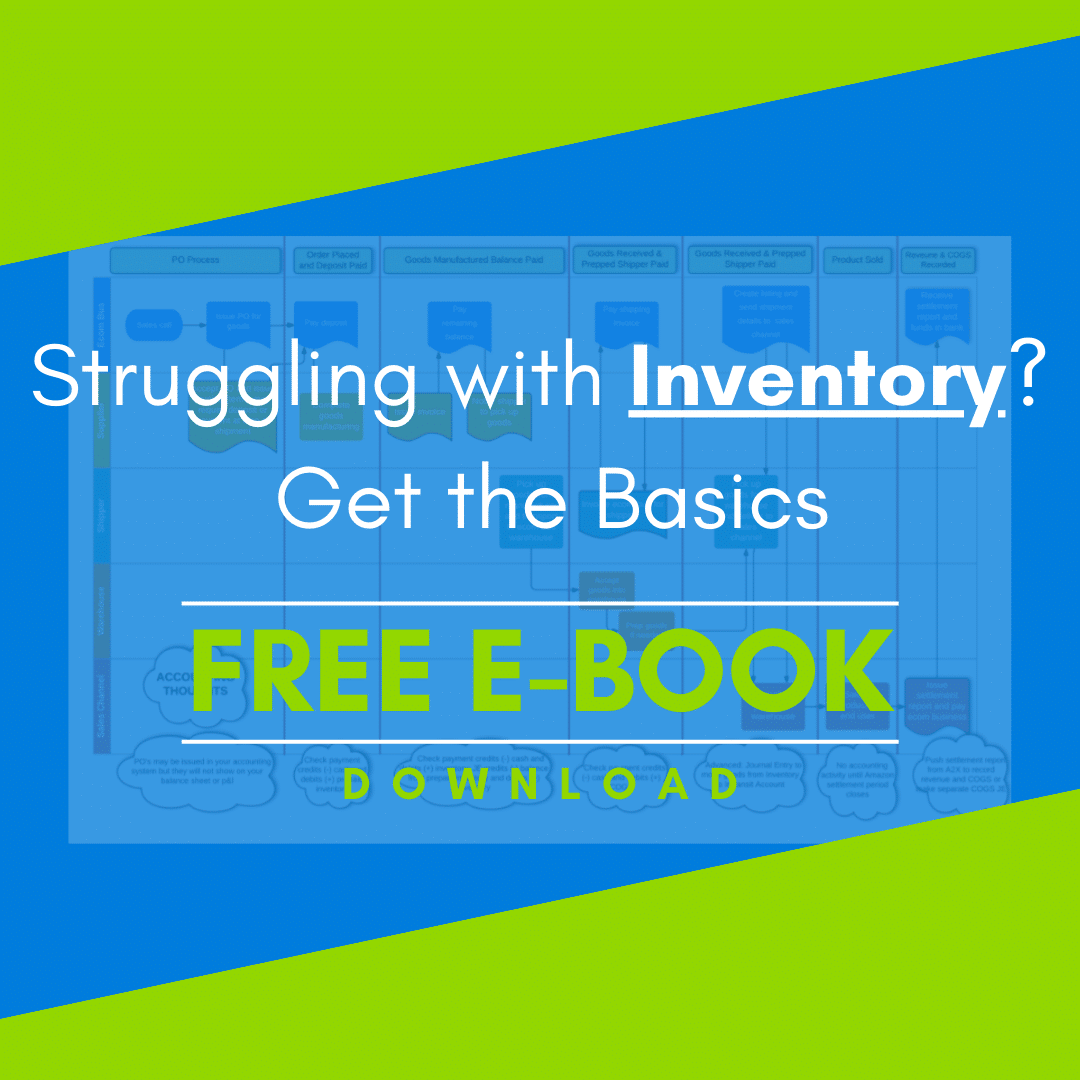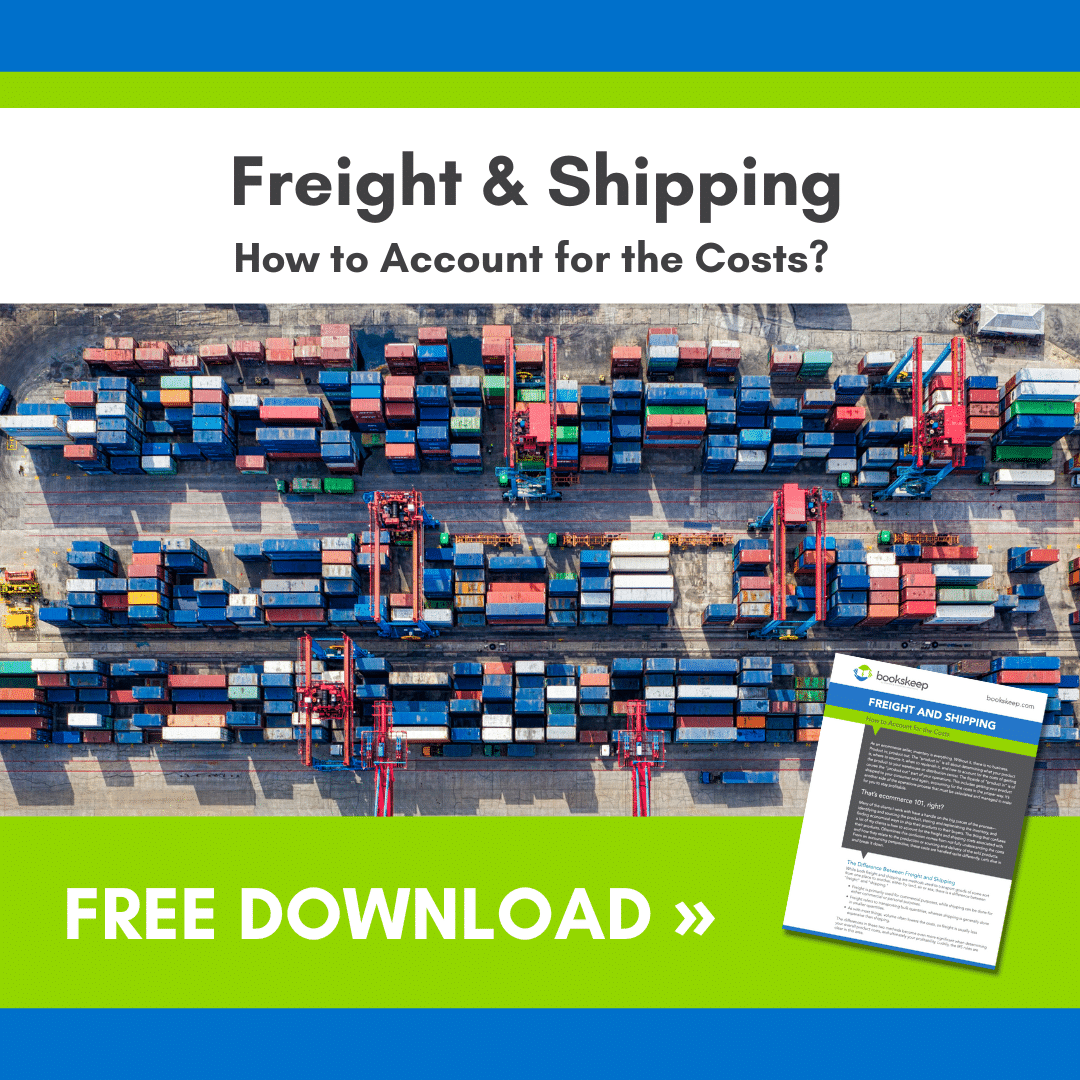If you’re a sports fan, you most likely keep a close eye on “the numbers.” And not just the goals or runs. You may be that person who pours over the stats of key players, the team’s overall record for the season, etc. You follow the numbers and you understand them. Am I right? Profitability and Cash Flow are those stats for your business.
Business is a game (of sorts) and your financial statements are your scoreboard. You need to understand your data and keep an eye on key metrics to ensure the numbers are going in the right direction. If sports aren’t your thing, then just look around—many of our hobbies, like baking or sewing or even gardening, require math. If you are uncomfortable with numbers, then it’s time to learn a second language; don’t let the numbers scare you. Let’s look at some of those important business numbers when it comes to ecommerce accounting and bookkeeping.
It All Starts With Revenue
It’s great to look at your revenue and see it compared month by month in an increasing trendline. The revenue number is the one most of my clients understand instinctively. However, right now we are seeing some anomalies with the revenue numbers. Many of our clients use an inventory/profitability dashboard for their sales information. Because of the delays in shipping that have occurred with COVID 19, we are seeing a discrepancy between the dashboards and actual sales shown on the settlement reports. This is because the orders are not counted as sales until the items ship. However, the dashboards are reporting orders as sales. Be mindful to understand what your software is reporting and check it against what you see happening in your accounting system.
What’s More Meaningful Than Revenue? Gross Margin!
The more meaningful number for our clients is Gross Margin. We recommend that you look at this on a business-wide level. The calculation should be easily made from your Profit and Loss Statement:
Revenue – Cost of Goods Sold = Gross Profit
From there, to get your Gross Margin percentage:
Gross Profit ÷ Revenue x 100 = Gross Margin percentage
Some people get confused about what to include in your Cost of Goods Sold. We recommend first that you use modified cash or accrual accounting. By doing this, your inventory is held on your balance sheet and is recorded as Cost of Goods Sold when you actually sell the items. This movement from the Balance Sheet to the P&L is done by a journal entry. If you are recording your revenue by your Amazon settlements, match up the timing of your COGS JE with the timing of your revenue. You also want to include shipping, Amazon fees, and any other direct product costs in the COGS section of your P&L in order to get a true Gross Margin.
Gross Margin is also meaningful at the product level. When you have multiple products, it’s not easy to tell what is performing well and what is reducing your gross margin. We recommend that our clients look at their portfolio of products and evaluate the margins on the top 20% of sales at least every six months. It’s easy for changes in product costs, by your supplier or fees from Amazon, to turn a high margin product into one that is not worth your effort.
Be diligent with these details because they are what can make or break you. I’ve seen clients selling a lot of an item and feeling very excited with growing sales only to realize that their top sellers were not benefitting their bottom line. And if that’s not bad enough, these items are tying up your cash. Any time your cash is invested in inventory that does not contribute to your bottom line, it cannot be used for products that do.
Finally—Cash Flow
Cash flow is the result of maintaining a good gross margin and keeping your operating expenses under control so that your net margins or your “bottom line” is also healthy. Cash is critical to your business, so monitor the trend of your cash balances month over month. You want to be accumulating cash and reducing debt. If you’re not moving these accounts in the right direction, then you may have a margin issue, either with pricing, Cost of Goods Sold expenses or with operating expenses. You could also be spending your cash on items that show up in the balance sheet, such as inventory or paying down debt or owner draws.
Keeping up with profitability and cash flow is like following the score cards for your favorite players. Know where your cash is going and maintain good gross margins and you’ll know the best plays for your business!
Interested in Profit First for Ecommerce Bookkeeping?

You can also sign up for the Profit First for Ecommerce Sellers Online Course. As a Mastery Level, Certified Profit First Professional, I will teach you why Profit First works so well for ecommerce businesses and the particular challenges for businesses that have physical products requiring inventory management. You will learn how your behavior drives your money management habits for your business and how you can set up your business bank accounts to work with your habits. Contact bookskeep to learn more about ecommerce bookkeeping and accounting.





Leave a Comment